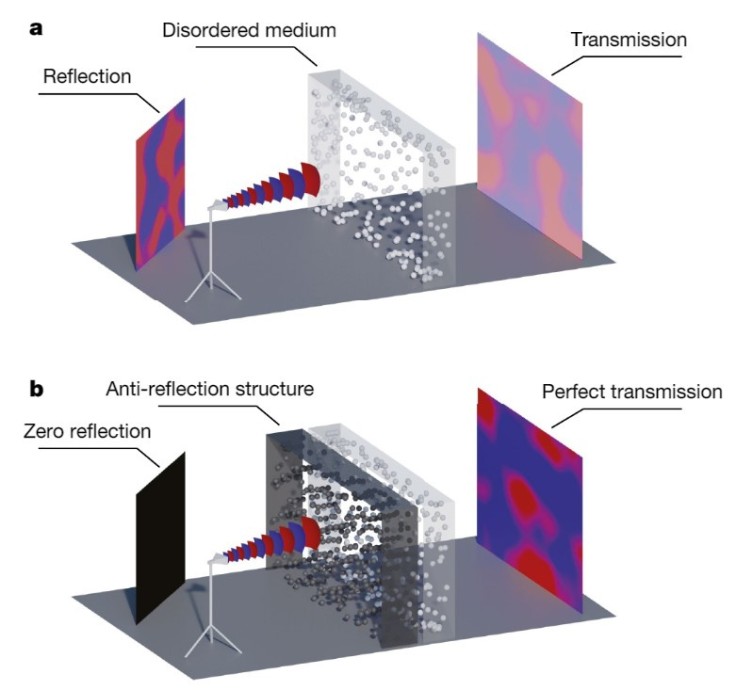
A Wi-Fi connection can appear to be a magical way to connect to the rest of the world by wirelessly streaming the Internet to your computer or mobile device. However, the technology still has its limitations - so don't go thinking this is a miracle solution for dead spots in your home or office.
Wi-Fi signals can be absorbed or reflected by specific materials, just like any other radio signal, which weakens them. Thick walls are not an exception.
However, a new method for getting rid of Wi-Fi's reflection through walls has just been discovered.
If it is introduced into the market, this will basically mean that your home won't have any Wi-Fi dead spots.
Research Found a Way to Eliminate Wi-Fi Reflection Through a Wall
A report by IGN (via Newsweek) said that a research called "Anti-reflection structure for perfect transmission through complex media" by Austrian scientists at the Vienna University of Technology and Rennes University found a way of removing reflections caused by dense materials.
Basically, it aims to eliminate the walls as an obstacle to Wi-Fi transmission.
But how did they do it?
The researchers explained that this technology functions similarly to how anti-reflective coating on a pair of glasses does.
The coating makes it possible for light to pass through the lenses more easily, which prevents light from reflecting off the lenses. The researchers added that it is similar to how they utilize a specific coating to make Wi-Fi radio waves easily pass through solid objects.
They conducted their first microwave experiments, as reported by IGN, by passing them via a "metallic waveguide" made up of tiny metal and Teflon objects. The remaining microwaves were reflected, and only half of them were able to get through. An anti-reflective zone was made after measuring how microwaves behaved inside the waveguide. In a second test, all of the microwaves were successfully transmitted.
You can refer to the illustration of the technology below:

"You first have to simply send certain waves through the medium and measure exactly how these waves are reflected by the material," said Michael Horodynski, one of the co-authors.
"We were able to show that, with this information, a corresponding compensating medium can be calculated for any medium that scatters waves in a complex way, so that the combination of both media allows the wave to pass completely."
To put it another way, the researchers were able to mathematically compute how radio waves pass through a material and then utilize that knowledge to develop a material that enables it to avoid reflections.
What Are the Advantages of This Newly Found Technology?
Newsweek noted that this technology could also pave the way to the future 6G mobile communications, the next generation of mobile communications after 5G.
If mobile communications signals in 6G were delivered from transmitter to receiver via optimal pathways with the least amount of reflection possible, their intensity might be lowered.
IGN also mentioned that such technology could also improve Wi-Fi reception as well as other radio waves like cellular and even telescopes that use radio waves to find distant objects in space.
However, this tech is obviously a long way from any useful applications.









